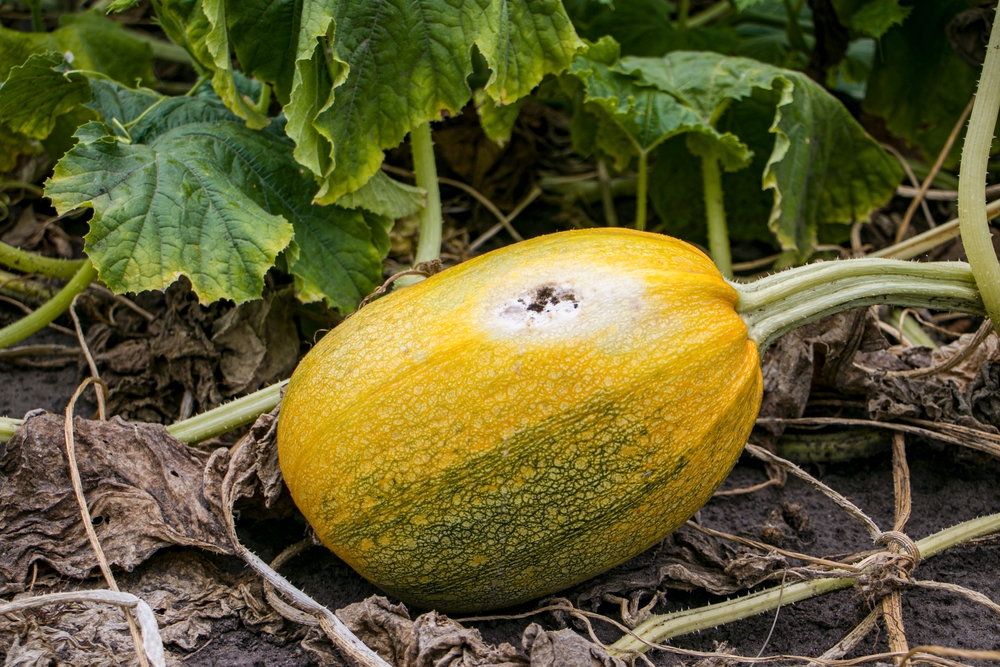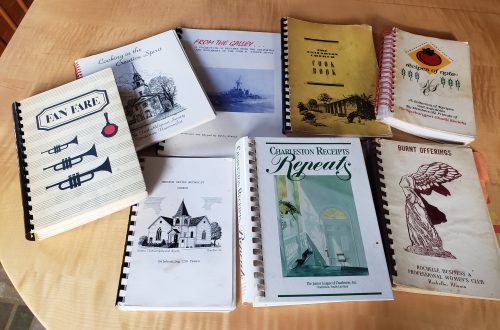
The Nature of Flavor
In the 1950s, when dairies were small local operations, I could taste the slight difference of the milk when the dairy cows moved from the grasses of summer pasture to the grains and silage of the barn lot. Today, when the sweet corn has warm days and enough moisture – but not too much – the kernels are sweeter. But those were normal variations in a season.
In today’s world, things have changed. With climate changes, everything from increased temperatures to rainfall, drought, and soil conditions can affect how food tastes. The effects are being felt in every product from Spain’s Iberico cured ham to beer. In addition, these changes are having major impacts on the amount of food that can be grown and harvested.
You might have noticed that apples aren’t as crisp as you remember them. Lettuce is more bitter, and grapes are more acidic. Because of the impact on vineyards in Southern Europe, some experts think that wine production could become unviable.
Here in the U.S., we may find that food is scarcer and more expensive, and that some products just aren’t available. The U.S. Agriculture Department notes that more than half of the wheat production is affected by drought. Half the rangeland and pastures in Texas were rated poor or very poor, and the livestock that graze those pastures also face heat stress. American fishermen are already suffering from overfishing and pollution, and now the warmer waters mean that important species have shifted northward, where they face competition for food from other aquatic species. The temperature changes also impact the timing of seafood reproduction and migration. Even cheese is affected. Cheesemakers find that the pasture quality for their cattle is declining, and their milking barns cause cows to suffer during extreme heat.
The Spanish ham provides a good example of what’s happening. The hogs that produce this flavorful ham spend much of their time foraging on acorns, which are essential to the ham’s quality and flavor. But the heat waves and droughts in the Iberian peninsula mean that yields of acorns and grass are lower. Providing alternative feed like cereal grains means the hams lose color, aroma, and texture. Translation: scarce Iberian ham.
Environmental conditions like soil, fungi, temperature, moisture, shade, and even pests can influence the way your food tastes. Citrus fruits suffer when high temperatures limit the winter cold cycle, and the fruit loses consistency, like the sun-scalded pumpkin featured above. Apple and pear trees need the chill hours of cold winters for development of the flower, and warmer temps impact the size of the fruit and its firmness. Water scarcity results in smaller grapes with high concentrations of the chemicals that give the wine color and affect quality. Similarly, the heat accelerates the cycles for olives, forcing an early harvest with lower quality and size. For tomatoes, high temperatures decrease pollen viability and reduce flowering, which means lower crop yields, plus the heat can cause invasions of insect pests. High temperatures burn the ends of lettuce leaves. And low rainfall can reduce the flavor and texture of carrots, making them less sweet. As for beer, a warmer and drier climate is expected to lower the yield of hops and affect the essential oils that impart the aroma and flavor of beer.
Weather, of course, has a big impact on produce. Heatwaves and droughts can mean misshapen or undersized produce. Rising carbon dioxide levels can result in lower nutritional value for certain vegetables. Changing weather patterns can cause changes in sugars, acids, and flavor substances resulting in altered flavor. And floods can carry sewage and pollutants into growing areas, causing food safety issues.
As a way of coping, consider the following:
- Patronize and support local growers so that they can thrive and grow their operations.
- Accept imperfect produce when necessary and find creative ways to use it.
- Eat more grains and less meat.
- Encourage sellers and restaurants to donate rejected produce to reduce food waste.
- Work to and encourage governments to develop ways to combat climate change on a worldwide level.
From your email, please click on the headline to view the blog and photo on the website. You can log in and comment at the end of the blog to share your thoughts and start a discussion, or suggest a topic for Farmboy in the Kitchen.
If you’d like to share the blog, click on the Facebook icon or one of the others. Thanks!





2 Comments
Tom Stites
Fascinating and informative. Thanks.
Tracy May
A few years ago we had the opportunity to talk with the vintners at Domaine LeSeurre Winery on a hillside high above one of the Finger Lakes of Upstate New York. After many years of winemaking in France, they saw the writing on the wall — that climate change would eventually impact the quality of their wine — and decided to leave their home country for what they hoped to be more favorable growing conditions in the United States. We wish them well.